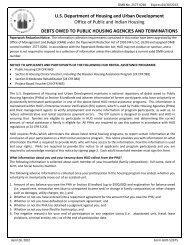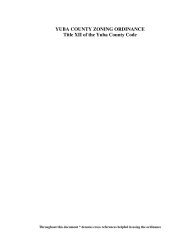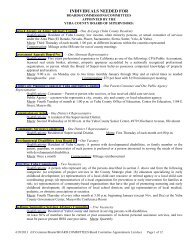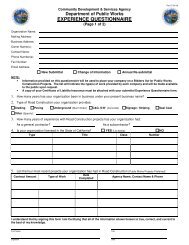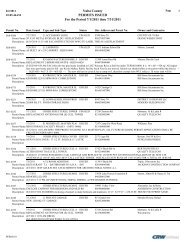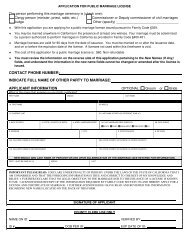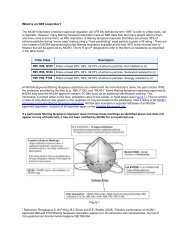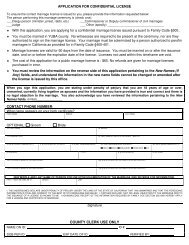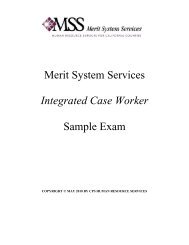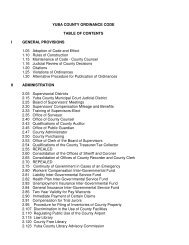Yuba County Airport Land Use Compatibility Plan
Yuba County Airport Land Use Compatibility Plan
Yuba County Airport Land Use Compatibility Plan
Create successful ePaper yourself
Turn your PDF publications into a flip-book with our unique Google optimized e-Paper software.
CHAPTER 2 POLICIES<br />
environs regardless of the number of occupants associated with the use. In other instances<br />
these uses should be avoided—i.e., allowed only if a site outside the zone would not<br />
serve the intended function. When allowed, special measures should be taken to minimize<br />
hazards to the facility and occupants if the facility were to be struck by an aircraft.<br />
(a) <strong>Use</strong>s Having Vulnerable Occupants: These uses are ones in which the majority of occupants<br />
are children, elderly, and/or disabled—people who have reduced effective<br />
mobility or may be unable to respond to emergency situations. The primary uses in<br />
this category are:<br />
(1) Children’s schools (grades K–12).<br />
(2) Day care centers (facilities with 15 or more children, as defined in the California<br />
Health and Safety Code).<br />
(3) Hospitals, health care centers, and similar facilities, especially where patients remain<br />
overnight.<br />
(4) Nursing homes.<br />
(5) Inmate facilities.<br />
(b) Hazardous Materials Storage: Materials that are flammable, explosive, corrosive, or<br />
toxic constitute special safety compatibility concerns to the extent that an aircraft accident<br />
could cause release of the materials and thereby pose dangers to people and<br />
property in the vicinity. Facilities in this category include:<br />
(1) Facilities such as oil refineries and chemical plants that manufacture, process,<br />
and/or store bulk quantities of hazardous materials generally for shipment elsewhere.<br />
(2) Facilities associated with otherwise compatible land uses where hazardous materials<br />
are stored in smaller quantities primarily for on-site use.<br />
(c) Critical Community Infrastructure: This category pertains to facilities the damage or<br />
destruction of which would cause significant adverse effects to public health and welfare<br />
well beyond the immediate vicinity of the facility. Among these facilities are:<br />
(1) Emergency services facilities such as police and fire stations.<br />
(2) Emergency communications facilities.<br />
(3) Power plants, and other utilities.<br />
3.2.9. Mixed-<strong>Use</strong> Development: For projects involving a mixture of residential and nonresidential<br />
uses, the following policies apply.<br />
(a) Where the residential and nonresidential uses are proposed to be situated on separate<br />
parts of the project site, the project shall be evaluated as separate developments. The<br />
residential density shall be calculated with respect to the area(s) to be devoted to residential<br />
development and the nonresidential intensity calculated with respect to the area(s)<br />
proposed for nonresidential uses. This provision means that the residential density<br />
cannot be averaged over the entire project site when nonresidential uses will occupy<br />
some of the area. The same limitation applies in reverse—that is, the nonresidential<br />
intensity cannot be averaged over an area that includes residential uses.<br />
(b) Development in which residential uses are proposed to be located in conjunction with<br />
nonresidential uses in the same or nearby buildings on the same site must meet both<br />
residential density and nonresidential intensity criteria. The number of dwelling units<br />
2–22 <strong>Yuba</strong> <strong>County</strong> <strong>Airport</strong> <strong>Land</strong> <strong>Use</strong> <strong>Compatibility</strong> <strong>Plan</strong> (September 2010 Draft)



